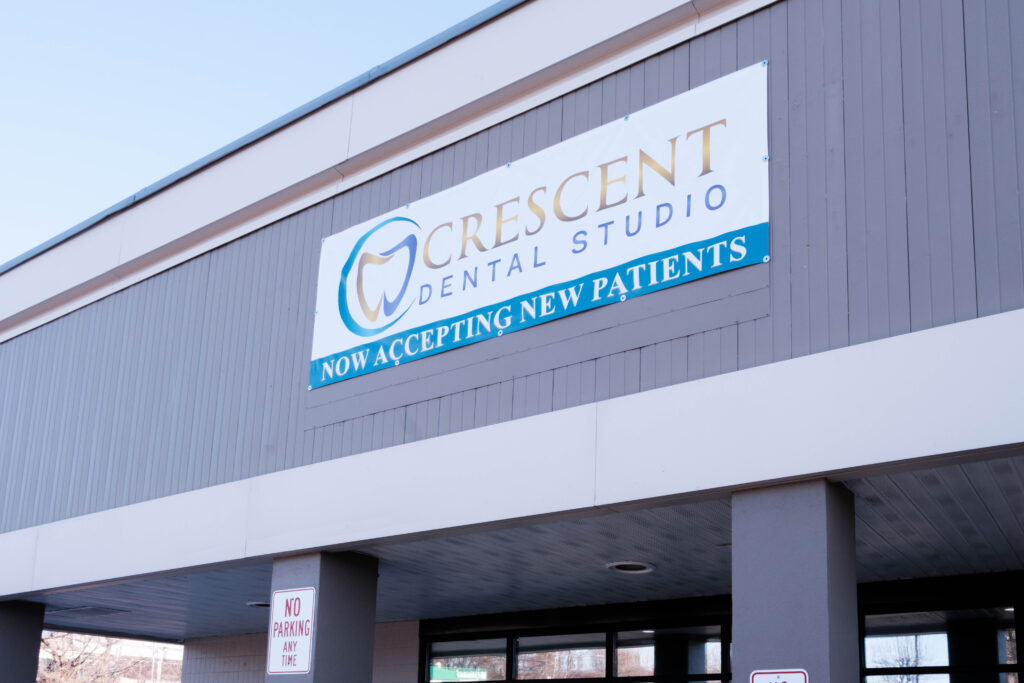Although tooth extractions and root canals are both dental procedures used to treat different dental issues, they both involve removing a tooth from the mouth and can help alleviate pain and prevent further damage. In this blog, Brookhaven dentist Dr. Victoria Crow lists the key differences between root canals and tooth removal.
Tooth Conservation
The main difference between tooth extraction and root canal is that tooth extraction involves removing the entire tooth, while root canal involves removing only the infected or damaged pulp from inside the tooth.
Typically, dentists recommend tooth extractions for teeth that are severely damaged or decayed and cannot be saved. On the other hand, root canals are recommended for teeth that have an infected or damaged tooth pulp but are otherwise healthy and can be saved.
Rationale
A root canal may be recommended for a variety of reasons, including:
- Deep Cavity: When a cavity is deep and reaches the pulp of the tooth, a root canal may be necessary to remove the infected pulp and save the tooth.
- Cracked or Broken Tooth: If a tooth is cracked or broken and the pulp is exposed, a root canal may be necessary to prevent infection.
- Repeated Dental Procedures: If a tooth has had multiple fillings or other dental procedures, the pulp may become damaged, and a root canal may be necessary.
- Trauma: If a tooth is injured, the pulp may become damaged, and a root canal may be necessary to save the tooth root.
Conversely, there are several situations where dentists recommend tooth extraction, including:
- Severe Tooth Decay: When a tooth is severely decayed and cannot be saved with a filling or root canal, extraction may be necessary.
- Gum Disease: If gum disease has caused damage to the bone supporting the tooth, extraction may be necessary.
- Crowding: In some cases, teeth may need to be extracted to make room for orthodontic treatment.
- Impacted Wisdom Teeth: Wisdom teeth that are impacted or causing pain may need to be extracted.
- Infection: If a tooth is infected and cannot be treated with antibiotics, extraction may be necessary.
Procedure
Many dentists perform both procedures, but the steps are very different. Before both procedures, the area around the tooth will be numbed with a local anesthetic.
During an extraction, the dentist will use a special tool called an elevator to loosen the tooth in its socket. Then, forceps will be used to gently remove the tooth. In some cases, the tooth may need to be cut into smaller pieces to make it easier to remove. After the tooth is carefully removed, the dentist will place gauze over the socket to help stop any bleeding.
Oppositely, the dentist removes the infected dental tissue and refills the teeth with a special filling material. Afterward, he or she will likely reseal the tooth with a dental crown to strengthen it.
After both procedures, the dentist will give instructions on how to care for the extraction site and may be prescribed pain medication to manage any discomfort.
Experience Expert Emergency Dental Care in Brookhaven, PA
If your teeth or jaws suddenly start hurting (or have been in pain for quite some time), it might be time to see a dentist for a root canal or extraction. Dr. Victoria Crow is available for general and emergency dentistry, so book an appointment as soon as possible if you’re feeling dental pain.





